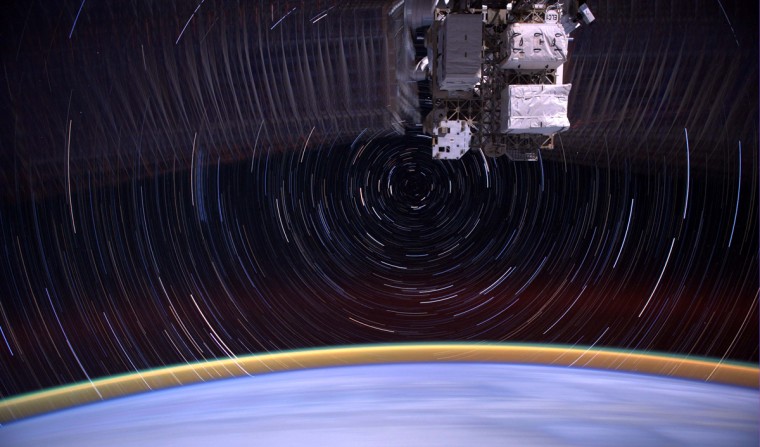A nonprofit organization that has been tasked with managing research on the American portions of the International Space Station will begin accepting proposals for specific projects beginning in June, company officials have announced.
The Center for the Advancement of Science in Space (CASIS) was selected by NASA in 2011 to manage the space station's U.S. National Laboratory, and to maximize use of these facilities while the orbiting outpost remains operational — planned until at least 2020.
Starting in June, CASIS will begin accepting solicitations for life science research projects to fly on the space station that examine osteoporosis, muscle deterioration, immune system responses, protein crystallization and vaccine development in a microgravity environment.
"The thing that the space station provides us with is tremendous capability already on orbit," Alan Stern, a planetary scientist at the Southwest Research Institute in Boulder, Colo., and a science adviser to CASIS, told reporters last month at the 28th National Space Symposium in Colorado Springs, Colo., via a video conference call.
The specific life science topics were decided upon following a review of more than 135 experiments NASA flew in space over the past decade. The CASIS Biological Sciences Review Panel was led by Timothy Yeatman, CASIS' interim chief scientist.
The identified areas of research will act as a starting point, but eventually the scope of the projects will be expanded, said Jim Royston, CASIS' interim executive director. The aim is to build upon the findings of previous studies, and to spur innovation and commercialization in the process. [ 7 Aerospace Technologies On the Road ]
"We are really excited by the potential of what we will be able to learn on orbit about treating these problems on Earth," Yeatman said in a statement.
In April, NanoRacks LLC, a private company already operating research facilities on the station's U.S. National Laboratory under a NASA Space Act Agreement, announced a solicitation call for experiments that will fly outside the orbiting outpost in the vacuum of space.
The platform, which will be attached outside the station's Japanese Kibo laboratory, will be launched in 2014, and is designed to test how materials, biological samples and electronics fare on the exterior of the station as it orbits 240 miles (386 kilometers) above Earth.
After CASIS selects research proposals, the organization will try to leverage its core $3 million budget to also attract investment from other sources, including other research organizations and private companies.
"I really look at it more as a call to action," Royston said. "We have looked at what is there from a commercialization standpoint, what's there from a business model, a sustaining model, and more importantly as a pipeline to this emerging market. I look at this as the first step to this emerging market. It's like our Lewis and Clark moment, and it's time that we really move forward with this."
As part of CASIS' agreement with NASA, the organization has access to 50 percent of the mass available on vehicles traveling to and from the International Space Station for science experiments. This includes existing manned and robotic spacecraft, such as the Russian-built Soyuz and Progress ships, to new commercial vehicles being developed by American companies to ferry cargo to the orbiting complex.
One such, SpaceX's Dragon capsule, is due to make its first test flight to the station May 19, delivering science equipment along with food, clothing and other supplies for the astronauts.
CASIS will develop and manage all the research on the U.S. segments of the space station, which will be conducted for NASA and non-NASA scientists.
After 13 years of assembly, construction of the $100 billion space station is finally complete.
The space station typically houses six astronauts at any one time. The amount of science conducted aboard the outpost depends on the crew size, and astronauts usually divide their time between scientific research, daily maintenance and exercise.
Now that construction of the space station is complete, CASIS is aiming to maximize use of the facilities for scientific research.
"I think this is the first of a number of initiatives that you'll be seeing from CASIS," Stern said. "They're going to be individually small steps, but we're going to add incrementally — and you'll see it over the next weeks and the remaining months of the year — new opportunities for putting new research payloads up, for using the facilities that are there, and to exploit the space station that the United States built."
You can follow Space.com staff writer Denise Chow on Twitter @denisechow. Follow Space.com for the latest in space science and exploration news on Twitter @Spacedotcom and on Facebook.
